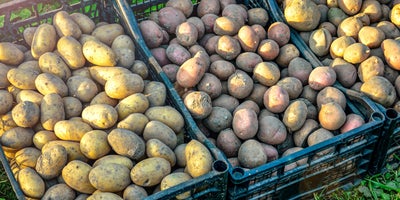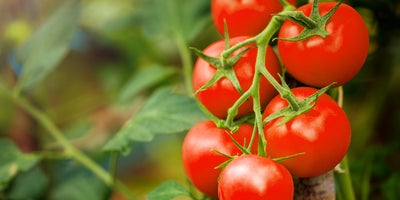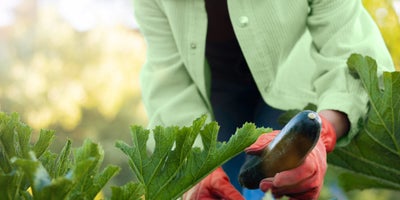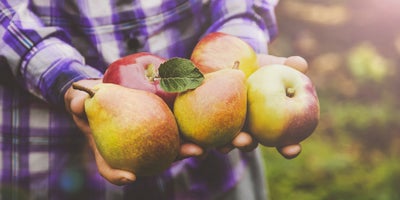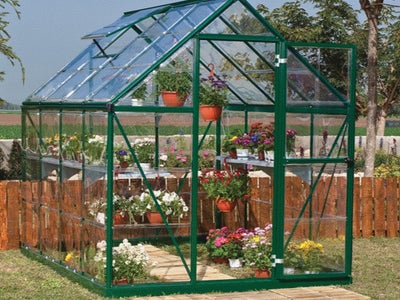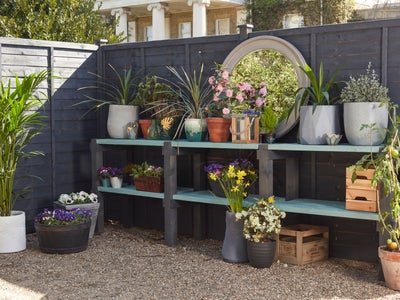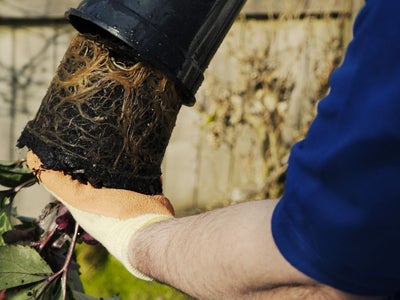Picking your remaining crops
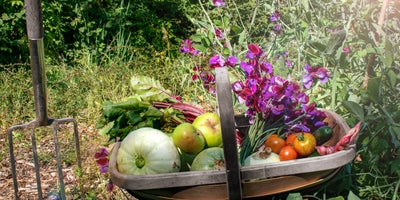
As the weather starts to turn cool, it's time to start thinking about picking any remaining fruits and vegetables from your garden. September is one of your last chances to harvest, and while the end of summer may be bittersweet, it's also an exciting time to reap the rewards of your hard work throughout the growing season. A lot of crops reach their peak around this time of year, which makes it a bumper time. Whether you're a seasoned gardener or just starting out, taking the time to properly pick and store your produce can make all the difference in enjoying fresh, homegrown fruits and vegetables well into the autumn and winter. So, grab your gardening gloves and get picking.
Shop the Range
